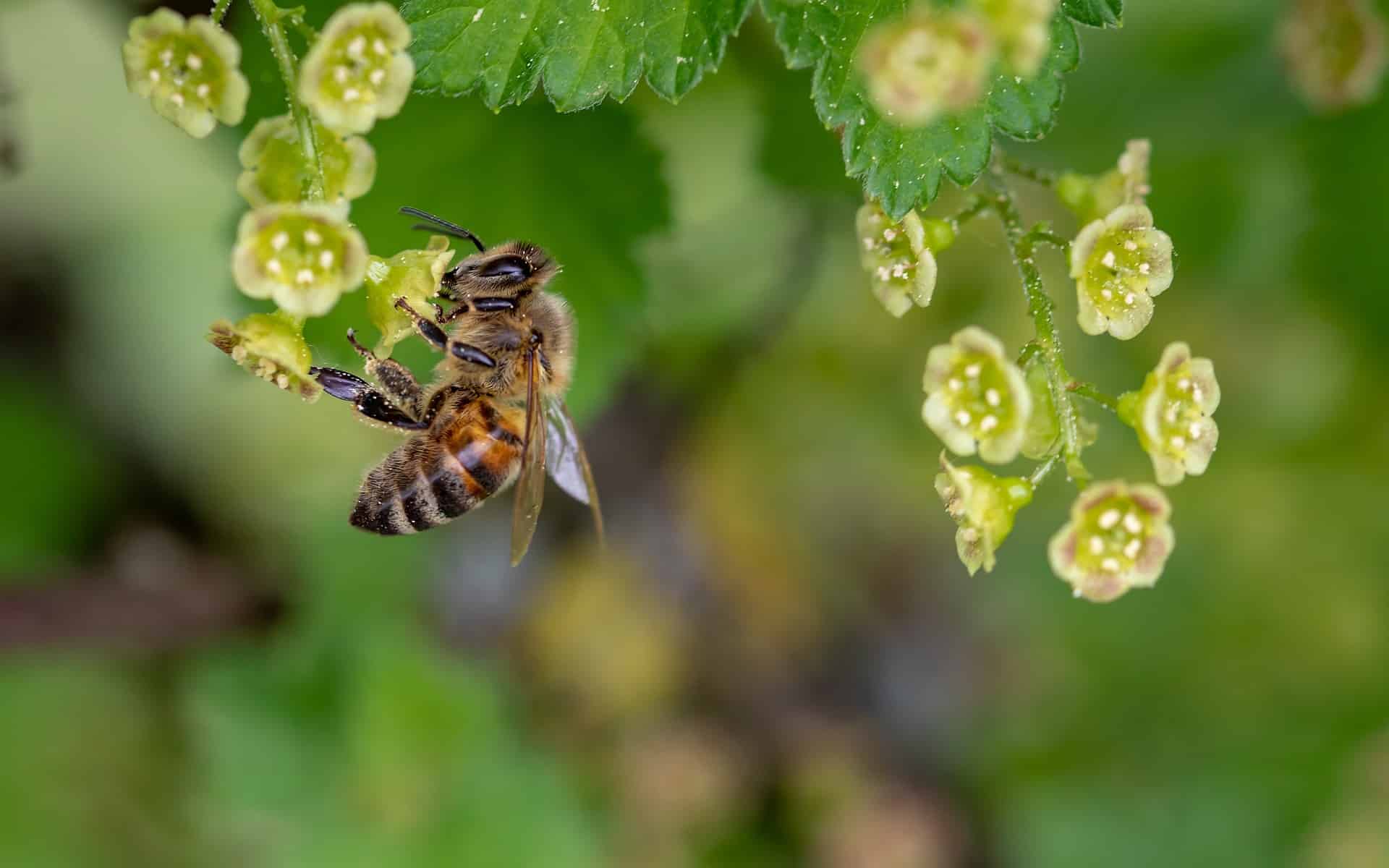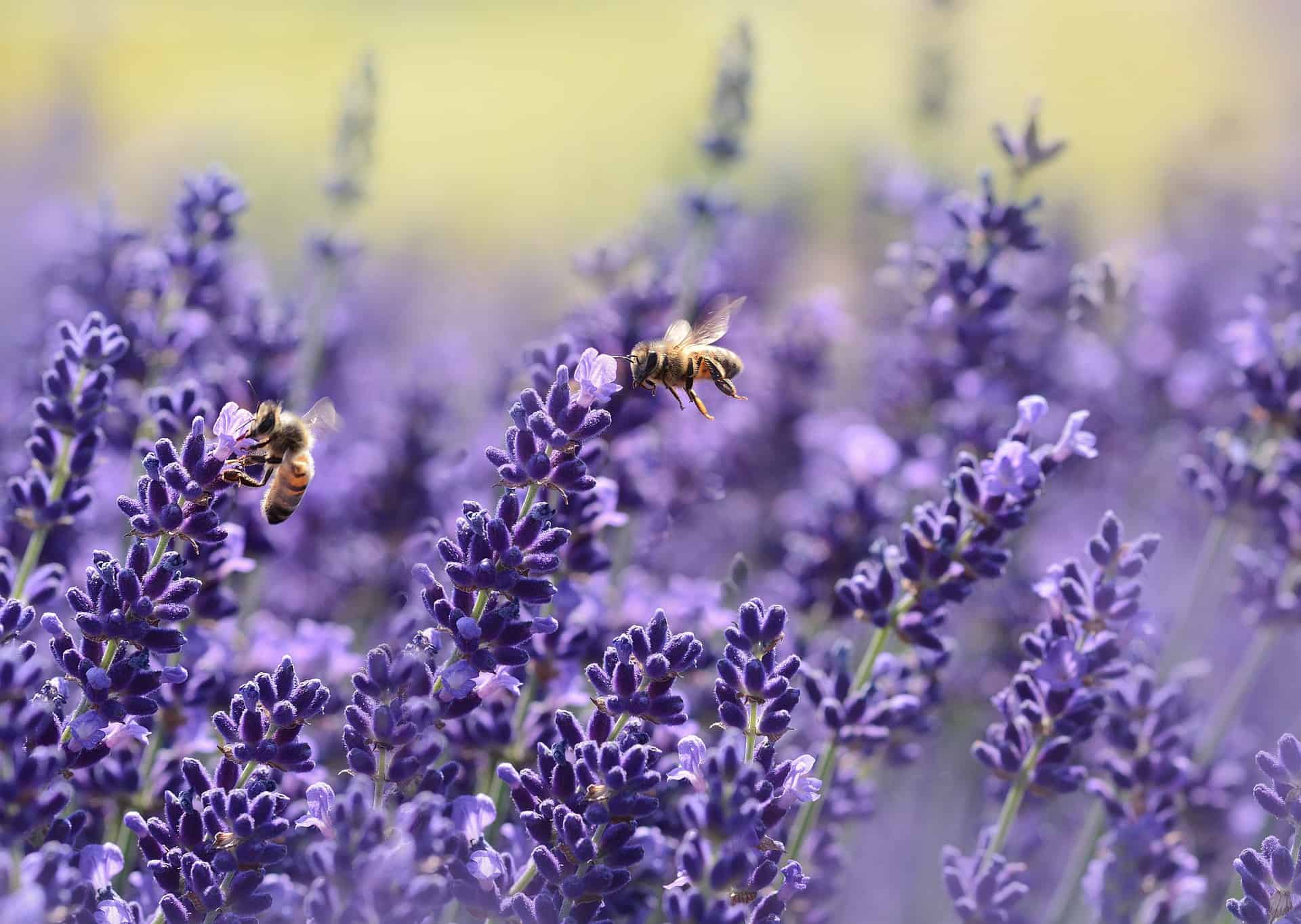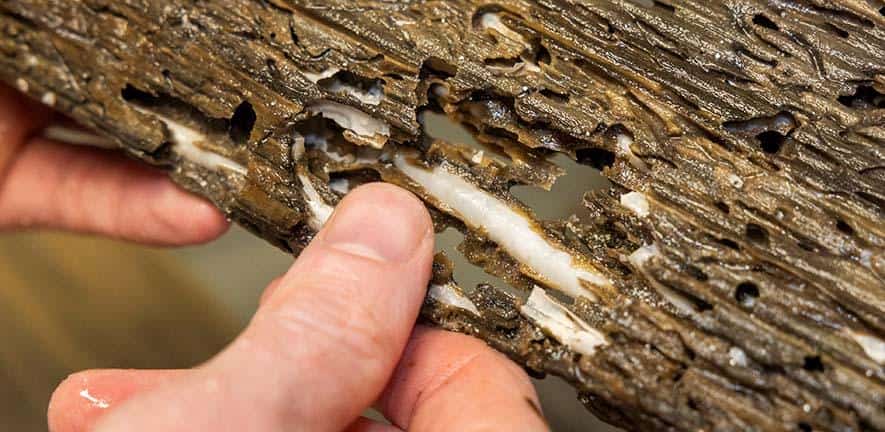
Researchers from both Universities of Bristol and Reading discovered that the electrical charge of insects can trigger changes in atmospheric electricity. This atmospheric electricity is similar to weather processes. So says the University of Bristol in its press release.
Roles reversed
Previously, the team have studied how different organisms use the static electric fields that are virtually everywhere in the environment. They have shown that bees and spiders use electric fields surrounding flowers for foraging and eventually migration.
“We always looked at how physics influenced biology, but at some point, we realized that biology might also be influencing physics,’ explained Dr Ellard Hunting, ecologist at Bristol’s School of Biological Sciences.

The honeybee swarm directly contributed to atmospheric electricity, in proportion to swarm density. The team evaluated its relevance by calculating the electrical contribution of various swarming insect species and comparing this with common abiotic – physical, not biological, sources of charge. This revealed that the charge contribution of some insect swarms can be comparable with that of meteorologically-induced variations. It demonstrates an unexplored role of biology for physical and ecological processes in the atmosphere.
Read the complete press release here.
Selected for you!
Innovation Origins is the European platform for innovation news. In addition to the many reports from our own editors in 15 European countries, we select the most important press releases from reliable sources. This way you can stay up to date on what is happening in the world of innovation. Are you or do you know an organization that should not be missing from our list of selected sources? Then report to our editorial team.







